

Exhibition opening: 23. 4. 2025 at 6 p. m.
A guided tour through the exhibition with the artists and curators will take place at 4.30 p. m.
This major group exhibition exploring the entangled histories and ongoing realities of movement — of people, cultures, objects, and ideas — across regions historically shaped by socialism and its aftermaths. From the banks of the Dnipro in Ukraine to the Elbe in the Czech Republic, the exhibition traces trajectories of displacement, resilience, and artistic response amidst political upheavals, war, and systemic transformation.
Set against the backdrop of Russia’s ongoing war against Ukraine and other global crises, the exhibition brings together a diverse array of contemporary and historical works that reflect on forced migration, cultural survival, memory, and interconnectedness. It was originally conceived, produced, and presented in autumn 2024 at the Cité internationale des arts in Paris — an iconic residency that has welcomed artists from around the world since 1965.
The exhibition takes as its metaphorical centre the imagined meeting point of two rivers: the Dnipro and the Elbe — linking personal and collective stories of displacement and refuge. This confluence is rooted in curator Sasha Baydal’s recent family history: in 2022, their relatives were displaced by Russia’s full-scale invasion of Ukraine and found refuge in Ústí nad Labem, Czech Republic.
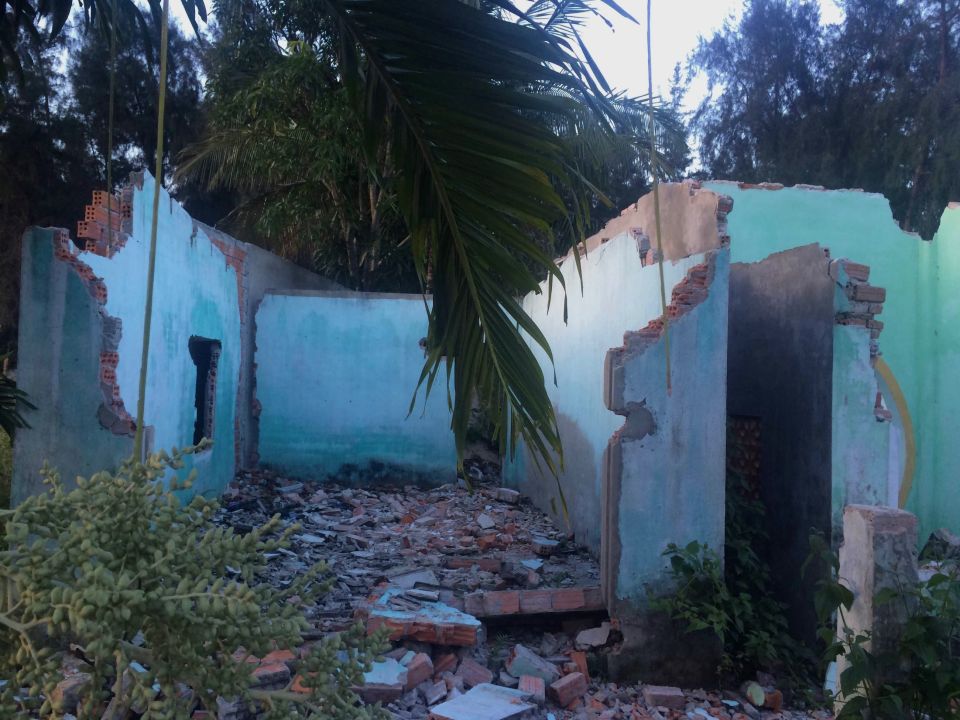
Louisa Babari, L’Espoir («The Hope»), 2016-2017. Collection of the Centre national des arts plastiques (Cnap), Paris. Purchased in 2021. Inv.: FNAC 2021-0291 (1 to 9). Courtesy of the artist and Cnap.
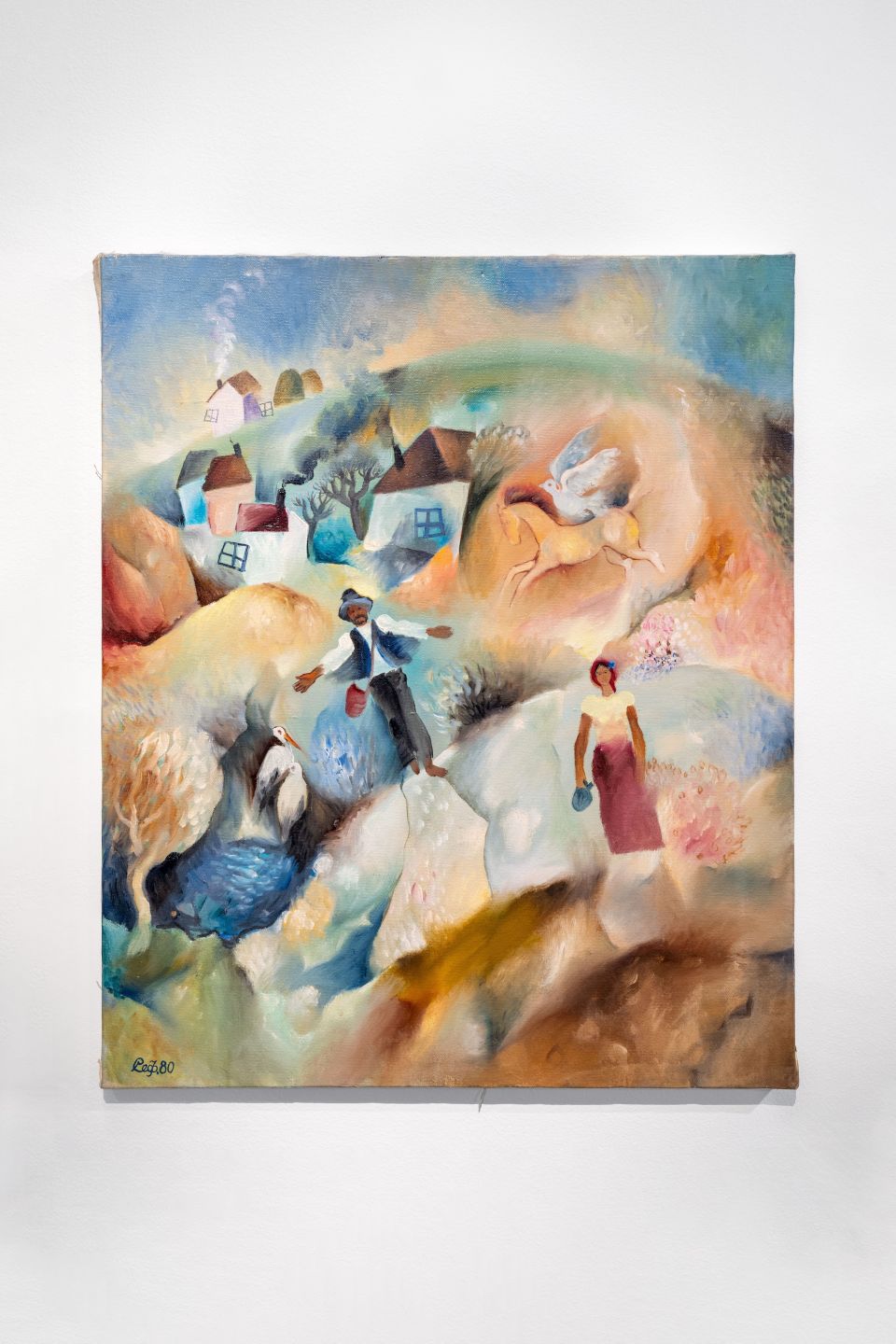
Souli Seferov, Untitled, 1980. Archive of the Cité internationale des arts, Paris.
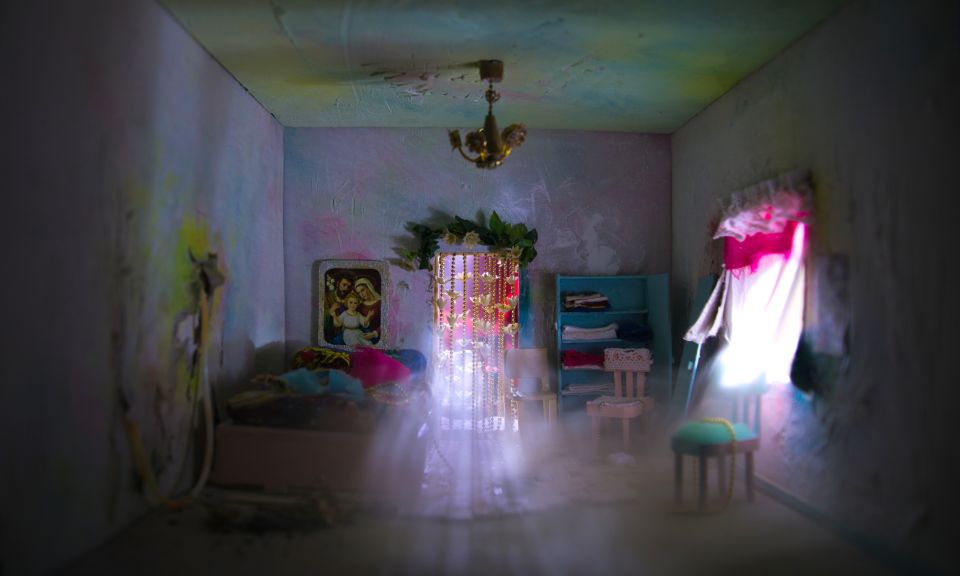
Robert Gabris, You will never belong into my space!, 2021. Courtesy of the artist.

Igor Grubić, Peace (Mir), 2011. Photo: Aleš Loziak. Courtesy of the artist.
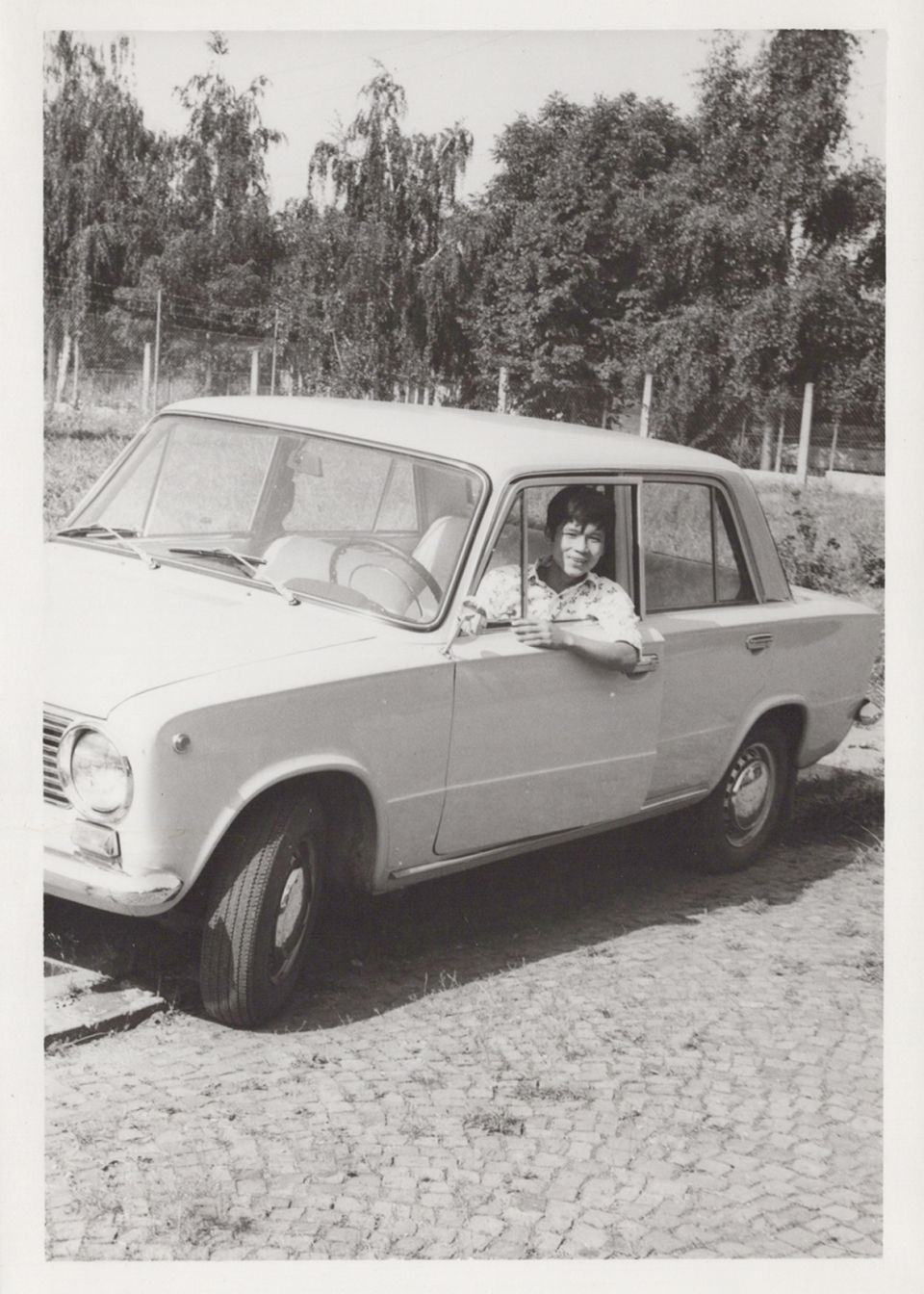
Kvet Nguyen (Hoa Nguyễn Thị), Leftover Bodies, 2024. Courtesy of the artist.
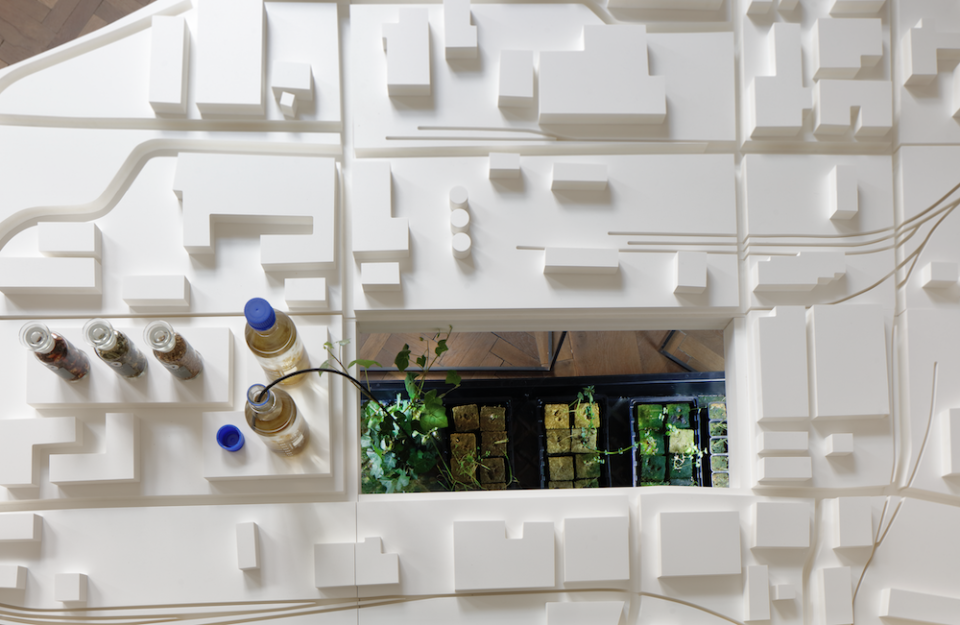
Zdena Kolečková, Chemistry Tea & Mercury Coffee. Perpetuum Racionalis, 2018–2024. Courtesy of the artist.
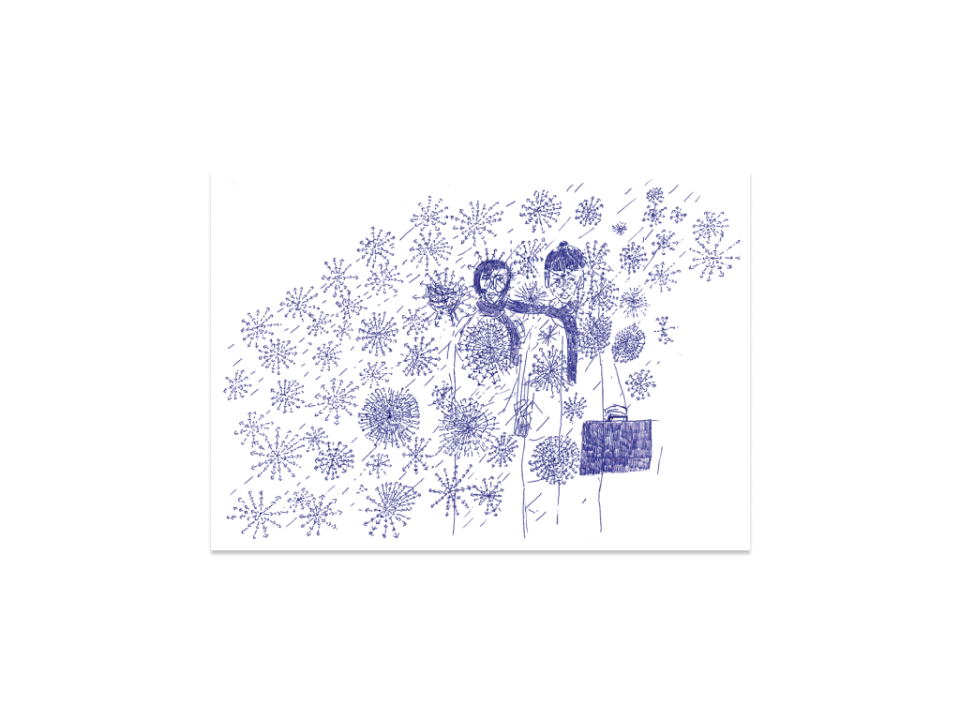
Minh Thắng Phạm, Drawings about my Parents’ Life in Migration, 2020–2024. Courtesy of the artist.
The project offers a broad geographic and temporal scope, bridging not only France, the Czech Republic, and Ukraine, but also connecting to Central Asia, the Caucasus, East and Southeast Asia, Northern and Eastern Africa, and the Caribbean. It spans generations of artists — both emerging and established — and includes works by former and current residents of the Cité internationale des arts. A special focus is placed on the city of Ústí nad Labem and its layered histories as seen through artistic practice.
Finally, the exhibition raises questions: Who is forced into displacement, and who is confined to a place? How do political forces shape the right to mobility? How can experiences of displacement be shared, and what determines their unequal visibility? And last but not least, how can art and culture help us navigate trauma and transform it into spaces for coexistence, mutual learning, and resistance?
Louisa Babari, Yana Bachynska, Maja Bajević and Emanuel Licha, Abel Barroso, Jagoda Buić, André Cadere, DAVRA Collective (Valeriya Kim, Dona Kulmatova, Zumrad Mirzalieva, and Saodat Ismailova), Robert Gabris, Igor Grubić, Danylo Halkin, Nikolay Karabinovych, Zdena Kolečková, Alban Muja, Sandra Muteteri Heremans, Halyna Neledva, Kvet Nguyen (Hoa Nguyễn Thị), Minh Thắng Phạm, Vincent Rumahloine, Araks Sahakyan and Rebecca Topakian, Souli Seferov, Huai-Kuei Song, Josef Sudek, Li Ki Sun Bejčková, Masha Sviatahor, Maryn Varbanov
Curator Team
Sasha Baydal
Nataša Petrešin-Bachelez
Head of Production
Dominik Kobeda
Production
Kristýna Císařová
Zuzana Doleželová
Markéta Müllerová
Instalation
Jakub Choreň
Jan C. Löbl
Jáchym Myslivec
Štefan Pecko
Karim Tarakji
tým DUUL
Graphic design
Marek Fanta
An exhibition produced by the Ústí nad Labem House of Arts, based on an exhibition originally created by the Cité internationale des arts in Paris.